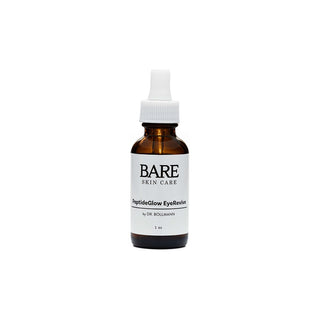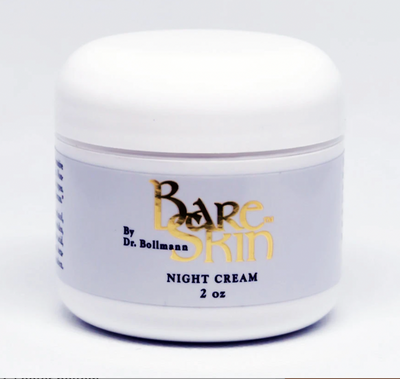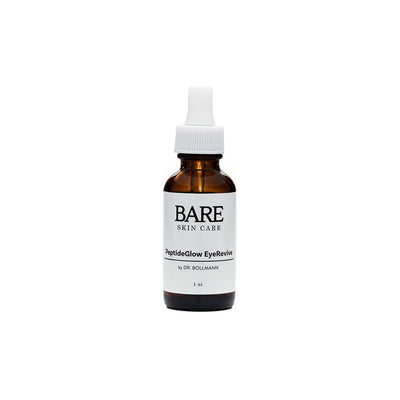
As a gynecologist, I feel yearly exams are important - preventive medicine is important, and if we can ward off any illness it is easier than treating it. Also it is more cost effective, in case you want to keep your insurance premiums down.
But when it comes to breast cancer, the fact is that 95% of lumps are found by the patient. So train yourself in breast self-examination. The best way is in the shower or bath, when the breast is wet and slippery. Lumps are easiest to feel then.
So what to do when you find a lump. First, don't panic. Most likely it is not cancer, but just fibrocystic breast disease. And if it hurts, that is great - most breast cancers do not hurt, unless they are far advanced. And if far advanced, you probably already know about it.
I say don't panic, because breast cancer, if found early, is almost 99% curable. In its early stages, breast cancer usually has no symptoms. That is why mammograms are so important. Early detection is paramount. It is even a better cure rate than prostate cancer in men if found early. And most likely there will be improved detection methods in the future.
The debate on mammograms is widespread - how often and who.
What I advise is a baseline mammogram at age 35, then yearly or every other year after 40. If there is a strong family history of breast cancer, then you might want to get one every year after 35. The reason to get a baseline mammogram at age 35 is to compare it to other mammograms in the future. So it is important to remember where you had the mammogram; otherwise, it is useless. If necessary, you might even ask to take the films and keep them with you.
Another thing - everyone thinks they have someone in the family who has breast cancer. So what is a strong family history? Family history, pertaining to breast cancer, is mother, sister, daughter only. Aunt Tilly doesn't count. And if you do have a family history, it means you have a 10 % increased incidence over the general population of getting breast cancer. This does not pertain to the BRAC1 or BRAC2 gene, which is a different story.
So, am I saying that breast self-exams are not as important as mammograms? Yes, that is what I am saying.
Now, what warning signs should you pay attention to?
- A lump in the breast or underarm that persists after your menstrual cycle. This is often the first apparent symptom of breast cancer. Lumps associated with breast cancer are usually painless, although some may cause a prickly sensation. Lumps are usually visible on a mammogram long before they can be seen or felt.
- Swelling in the armpit.
- Pain or tenderness in the breast. Although lumps are usually painless, pain or tenderness can be a sign of breast cancer.
- A noticeable flattening or indentation on the breast, which may indicate a tumor that cannot be seen or felt. This is an important sign, and should be checked out immediately.
- Any change in the size, contour, texture, or temperature of the breast. A reddish, pitted surface like the skin of an orange could be a sign of advanced breast cancer. (But more frequently this is an abscess or infection, especially after or during a pregnancy.
- A change in the nipple, such as a nipple retraction, dimpling, itching, a burning sensation, or ulceration. A scaly rash of the nipple is symptomatic of Paget's disease, which may be associated with an underlying breast cancer.
- Unusual discharge from the nipple that may be clear, bloody, or another color. It's usually caused by benign conditions but could be due to cancer in some cases.
- A marble-like area under the skin.
- An area that is distinctly different from any other area on either breast.
If any of the above occur, see your doctor as soon as possible.
And some advice. Breast cancer, or fear of it, is a very emotional problem in women. If you are worried about anything in your breast, or any other part of your body, and you get the person answering the phone (making $8/hour), and she tells you they have nothing available for two months, ask to speak with someone else, either the office manager or the doctor. And if they say they still can't see you, then you are going to the wrong doctor. There is no reason for you to sit at home worrying about cancer.
















































